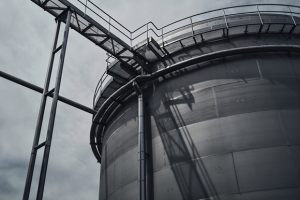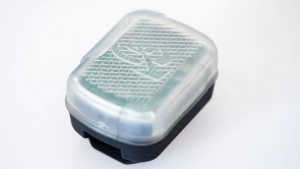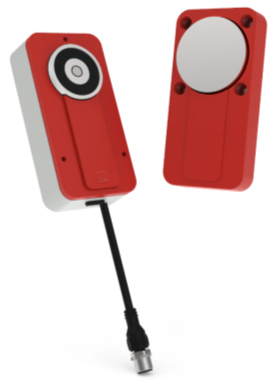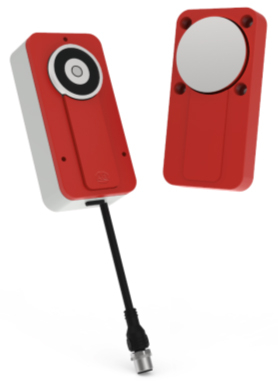Safely operating machinery in winter weather

Poor weather during winter months can have a negative impact on the ability to safely operate machinery and work outside. Precautions and safety measures should be clearly set out and undertaken to protect both the workers and machinery on site during inclement weather.
Planning
To ensure you are as prepared as possible, it is important to have plans in place should the weather change. As winter weather is likely to be more unpredictable, bringing snow, ice, winds, rain and plummeting temperatures, having a precautionary plan in place will help ensure smooth running.
Ensure your employees are trained to a high standard on how to respond if the weather becomes more severe, with set written plans to be accessed by all which will outline when conditions are too dangerous to work in.
Equipment Safety
Cold weather can have drastic effects on machinery, impacting the functionality and safety for use. Full maintenance checks should be carried out more regularly during the winter months and before beginning work on any equipment it should be fully checked for signs of damage.
Consider where and how your equipment is stored during the colder months, as exposing machinery to the elements can have serious detrimental effects. Not only can they become difficult and dangerous to use, the occurrence of things such as frozen metal or ice can cause injury to workers.
Machinery which contains fluid should be properly warmed up prior to use as low temperatures can cause the fluid to freeze or gel affecting the overall working on the machine.
Electrical systems can come under serious strain during bad weather and must also be checked visually every day before operation to check for any damage.
Visibility
Winter weather brings with it poor visibility whether it’s due to shorter daylight hours or poor weather reducing the ability to see hazards. Your workplace should have ample lighting which covers the entire site, ensuring workers are not left working in poor lighting conditions which could be highly dangerous. It is also important that safety signs are clearly visible around the workplace which outline any potential hazards.
Clothing
Workers should be provided with the correct clothing during the winter period to ensure they are warm enough. Safety boots and gloves should also be provided, and if safety goggles are necessary these should not create condensation when worn. It is important that warmer clothes are worn, but these should not be bulky which can restrict movement, rather they should be tighter fitting insulating clothes.
When working with machinery there are a wide variety of hazards to consider and especially during the winter period. It is vital that regular safety checks are undertaken to ensure the functionality of the machine and the safety of the workers. Create a winter safety plan to make sure your site is ready should it be affected by poor weather conditions.
Similar articles
More from Reece Safety
- Safely operating machinery in winter weather 8th January 2019












Write a comment
No comments